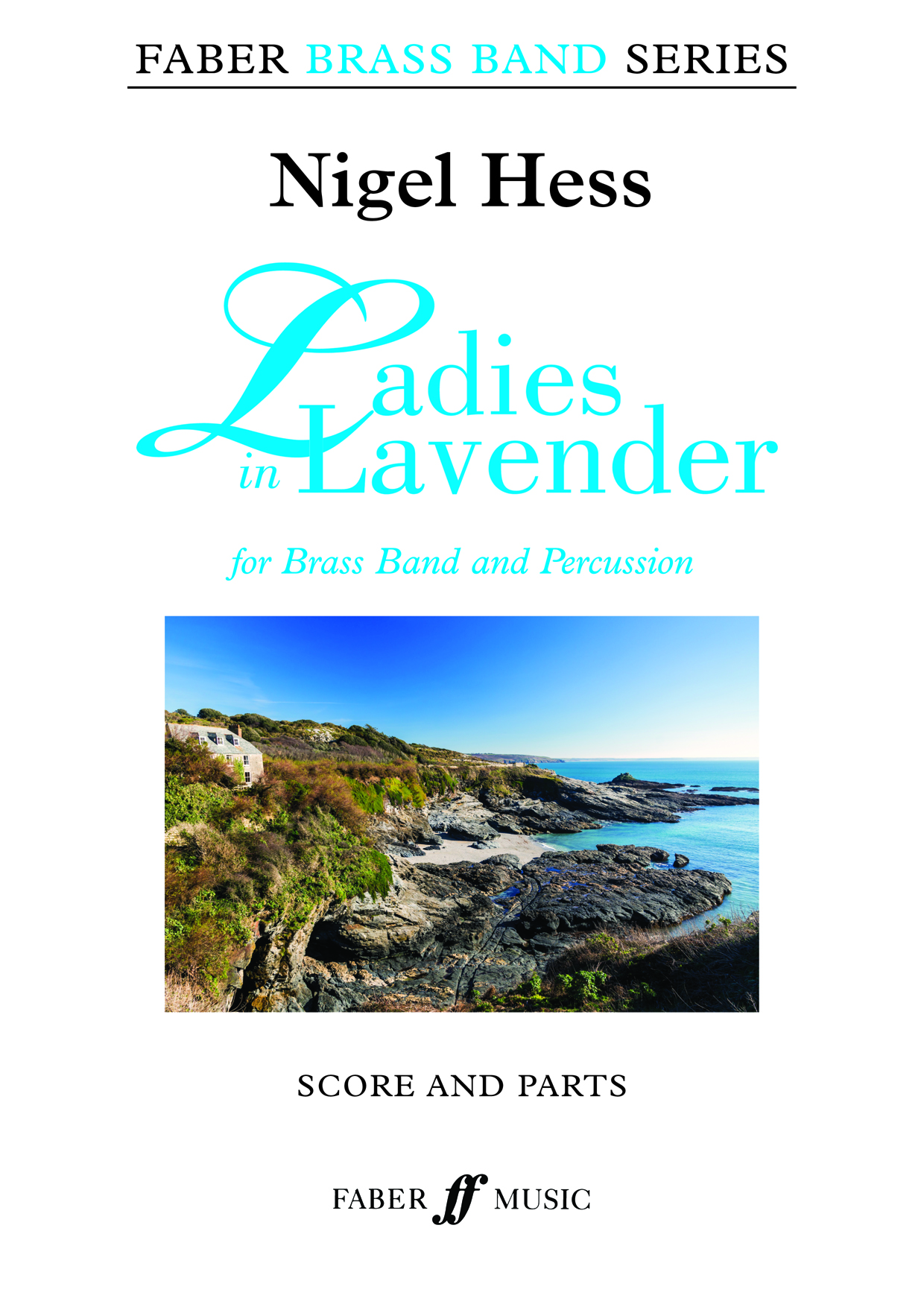Results
-
£45.00
Theme from Ladies in Lavender - Nigel Hess
Set in a picturesque coastal Cornwall, in a tight-knit fishing village in the 1930s, Ladies in Lavender starred Judi Dench and Maggie Smith as sisters Ursula and Janet Widdington. This arrangement of the much loved theme by Nigel Hess has been arranged for soprano or solo cornet and brass band.
In Stock: Estimated dispatch 1-3 working days
-
 £30.00
£30.00A Short Ride in a Brass Machine
DescriptionA Short Ride in a Brass Machine was written in 2006 to mark the 140th anniversary of the Brighouse and Rastrick Band and first performed in the Central Methodist Church in Brighouse by Brighouse and Rastrick conducted by James Gourlay. The title refers to the orchestral composition A Short Ride in A Fast Machine by the American composer John Adams which provided some of the inspiration for the work. The music is a simple celebratory prelude consisting of two main ideas, an expansive melody full of open fifths (giving the music a slightly "American" feel) and a short fanfare figure. After these are both heard for the first time a brief development of the fanfare material leads to a broader, warm harmonisation of the opening melody and the pulse relaxes a little before tension builds to a reiteration of the fanfare and a final triumphant version of the opening theme.Performance Notes:Percussion instruments required are 4 Timpani, Snare Drum, Bass Drum, 3 Tom-toms, 3 Wood Blocks, Suspended Cymbal, Clash Cymbals, Tubular Bells, Glockenspiel, Tam-tam.Soprano, repiano, 2nd solo cornet, 2nd and 3rd cornets will require metal straight mutes; 2nd and 3rd cornets will require harmon mutes with the tubes removed (indicated by 'TR').Duration approximately 3'30"Follow the score in the preview video below!
Estimated dispatch 7-14 working days
-
£24.95
TUDOR TRUMPETERS TUNE (Cornet Solo with Brass Band Set) - S.B. Wood
Estimated dispatch 7-14 working days
-
£24.95
TRUMPETER'S LULLABY, A (Cornet Solo with Brass Band Set) - Leroy Anderson, - R. Barsotti
Estimated dispatch 7-14 working days
-
£44.95
SONG AND DANCE (Cornet Solo with Brass Band Set) - Philip Sparke
Estimated dispatch 7-14 working days
-
£24.95
SAY YE WHO BORROW (from The Marriage of Figaro) (Flugel or Cornet Solo with Brass Band Set) - Mozart, arr. A. Street
Estimated dispatch 7-14 working days
-
£24.95
PRELUDE AND CAPRICCIO (Cornet Solo with Brass Band Set) - Edward Gregson
Estimated dispatch 7-14 working days
-
£19.95
OUT OF THE SILENCE (Cornet Solo with Brass Band Set) - Henry Geehl
Estimated dispatch 7-14 working days
-
£24.95
NOCTURNE (Flugel Horn or Cornet/Trumpet Solo with Brass Band Set) - Gareth Wood
Estimated dispatch 7-14 working days
-
£24.95
NAPOLI (Cornet Solo with Brass Band Set) - H. Bellstedt, arr. G. Brand
Estimated dispatch 7-14 working days

